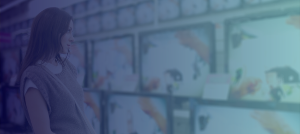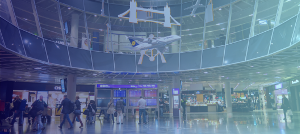WHY CONTENT MATTERS FOR DIGITAL SIGNAGE AND DOOH
by Derk Steemers
It is easy for those who work with digital signage or DooH to concentrate solely on hardware. Focusing on questions, like: “what is the optimal size to increase my visibility” or “can we afford to upgrade to 4k or even 8k screens this season?” The truth however is that hardware is only the first half of the story. The other half is made out of the software and content.
Learning from other channels
Compared to other communication channels, content seems to be forgotten when it comes to digital signage and DooH. Content takes the forefront in social media advertisements and all other digital marketing channels. There are countless articles on how to create the best type of content for any type of audience and every different channel. On top of that, there are entire startups dedicated to simplifying content creation. These conditions create industry standards that remove barriers to entry. Making it easier for everyone to use this type of communication.
Digital signage and DooH do not have this. There is a lack of industry standards, a relatively high barrier to entry, and their effectiveness is highly understated compared to the hype that surrounds social media advertising.
That digital advertising has matured so quickly without its best practices crossing over into digital signage and DooH is surprising. There is a lot of overlap between the two different fields:
- There is a very short time window in which to engage with your audience
- Video advertisements have a far larger impact, but many still prefer to use images
- Timing and positioning are everything
- Location and demographics are essential targeting options
- The content needs to be relevant for its audience
Content as a service
Advertising can be obnoxious or very helpful. Digital marketing aims to be the latter to increase its conversion. Digital signage and DooH should focus on adding value to its audience too.
Digital advertising has a lot more tools to target specific audiences, while digital signage has the advantage of knowing the exact location of the audience and a strong sense of why that person is there. This makes it a perfect tool for situation based advertising or communication. A hotel guest on his way to the breakfast room is likely to be more interested in today’s menu than in a discount code for his next visit. Customers are more likely to keep shopping if they are engaged through inspiring videos than through random content from a product catalogue.
This is the power of content: it can help people achieve their goals. Here content is an additional service. Helping customers achieve their goals can go hand-in-hand with those of a company’s KPI of upselling or attracting new customers. Creating valuable opportunities for both parties.
Digital marketers have integrated this philosophy of adding value for a few years now, which means that this is a good place to look for clues on how to do the same through digital signage and DooH. A lot of companies and organisations can even integrate existing content from their digital marketing or communication department.
Integrating digital signage and DooH into a wider communication strategy
Hardware is essential for content distribution. In order to share engaging content the image (and sound) quality of the content needs to meet expectations and bring the message across. This means that it is not always necessary to use the newest screens.
Nevertheless the lack of industry standards for content makes it easy to focus on hardware instead. Here it is possible to present a communication plan that adheres to the latest trends and only requires the right budget.
Content is different. It requires a strong strategy, plus a team to produce the content. Often organisations already have this for other communication channels. In that case the content can be repurposed for digital signage and DooH. Content can be repurposed for different channels and audiences, because the power in the content lies in its message, not the channel it is shared on.
Digital marketers already repurpose content for different channels as they all have their own requirements and best practices. Digital signage and DooH have their own as well and can be used to execute an omnichannel marketing strategy. This is why digital signage and DooH should be a part of a company’s broader communication strategy.
Creating connections with customers that last
Communication strategies have a lot of different purposes. This could be to inform, convince, present, increase brand recognition, or attract new people. What they have in common is that they all create an opportunity for interaction that leads to a connection. Nowadays that happens through a wide variety of channels: from mobile and desktop to television and on-premise.
Whenever an audience member interacts with a company it should be consistent with its brand’s image, positioning, and values to strengthen that connection. With every successful interaction, whether it is through an entertaining advertisement or good customer service, the connection strengthens. Resulting in brand loyalty, a higher customer lifetime value, and much more.
Creating an omnichannel experience
Most companies are already using content to create connections with their audience. They do so on platforms like Facebook or through their apps. Digital signage and DooH often lack behind in this field. This is partly due to a strong focus on hardware and partly due to high barriers to entry.
These high barriers can be removed by defining industry standards and repurposing existing content to fit these standards. Including digital signage and DooH in the larger communication or marketing strategy will lead to an omnichannel strategy that is consistent on every different channel. It also lowers overall content production costs.
Content that connects
Content is a powerful tool to create and improve connections with customers. Focusing only on the hardware leaves out an important part of what makes digital signage and DooH so powerful. It is the message that creates these connections and not just the hardware.
There is a barrier to entry when it comes to content production for digital signage and DooH. Decisive action, setting standards, and committing to a consistent communication strategy will bridge this gap and open up new possibilities for organisations that want to build an omnichannel presence.
Digital signage and DooH are on their path to become a mature medium. The technology is there, now it is time for the content to get to the same level.








